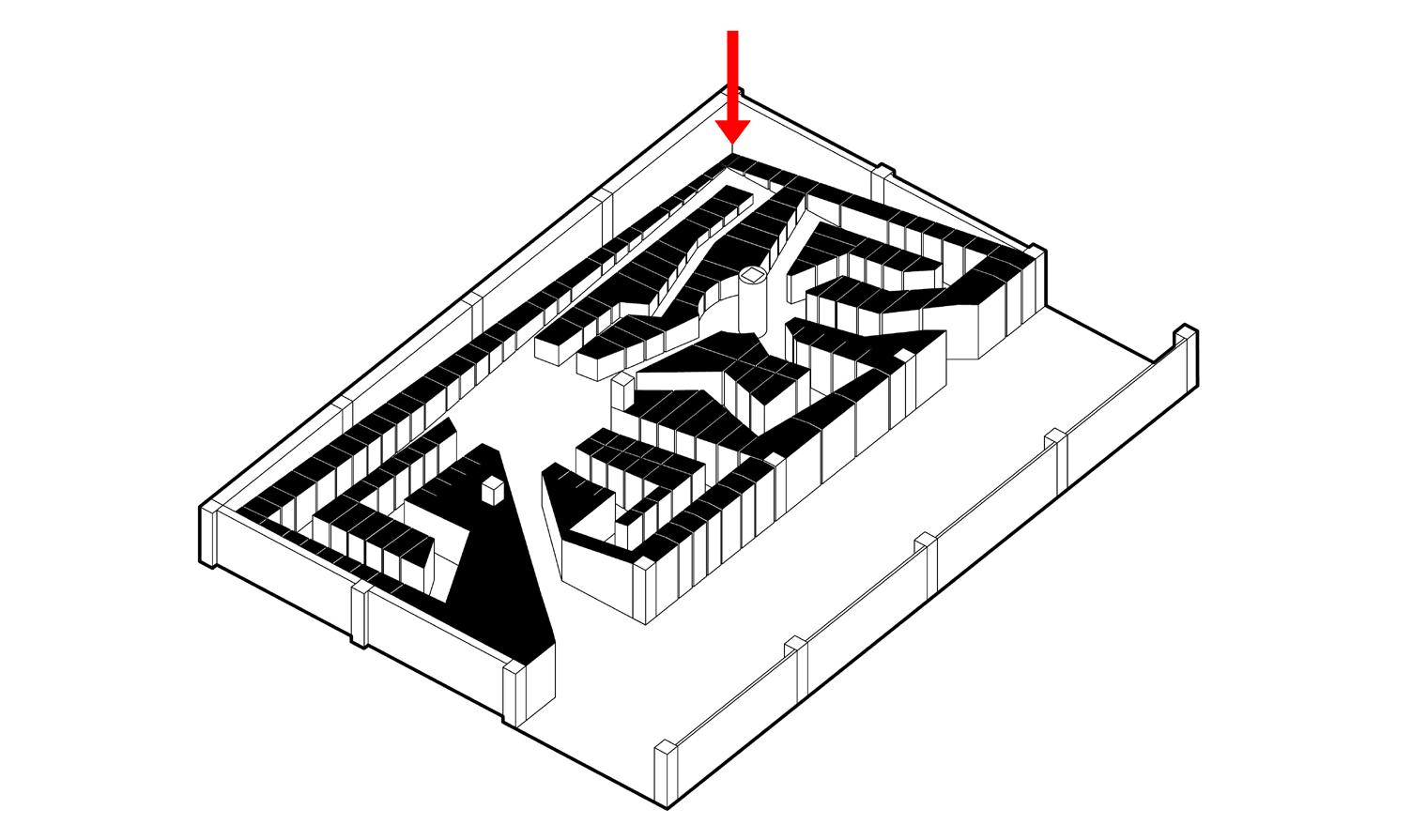
1 minute read
Striving for a personal stance
by 張皓翔
We live in an epoch of pluralism. Without a certain authoritative “ism” to guide us, anything seems to go. Within this chaos, designers must struggle against the growing mob of subjective opinions, no longer able to seek recourse in universally validated ideologies. This resulted in a generation of designers that are neutral and conscious of being politically correct, constantly hiding behind parameters and regulations to battle the ever-growing individualism.
Even under such hopeless conditions, I do not believe it is logical for the designers of our current epoch to operate without a personal “Stance.” Approaching each project like a blank canvas and use given parameters exclusively, hoping to create something unique every single time is simply unrealistic. The outcome of such an operation would most likely be mundane and mediocre. However, here I am not propagating the development of a personal “formal disposition,” but proposing a self-referential approach on a meta-level. To uncover underlying themes and ideas which are omnipresent, yet remain hidden from the consciousness during the process of design thinking. These hidden themes act as agents, influencing our design choices, pushing us down certain paths, and defining who we are as designers. To harness such knowledge and make it the basis of every design, it would then be more unlikely to produce any generic work, even when there are only given parameters to work with. Irrefutably, these themes and ideas develop and change over time, which is why the search becomes a lifelong endeavor; an exploration into the unknown that does not end with the conclusion of each project.
Advertisement
In hindsight, five themes have always been influencing me, all of which coalesced to shape my current understanding of “space-making.” It is my intent to present this temporal conclusion of my exploration.






